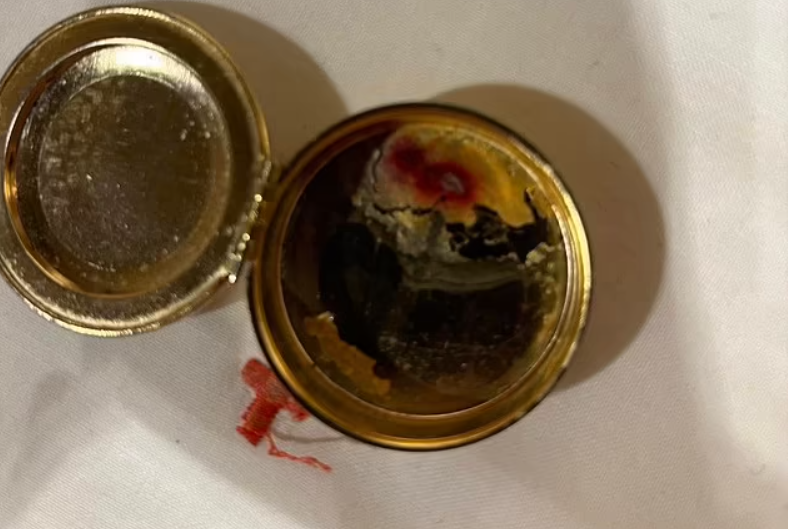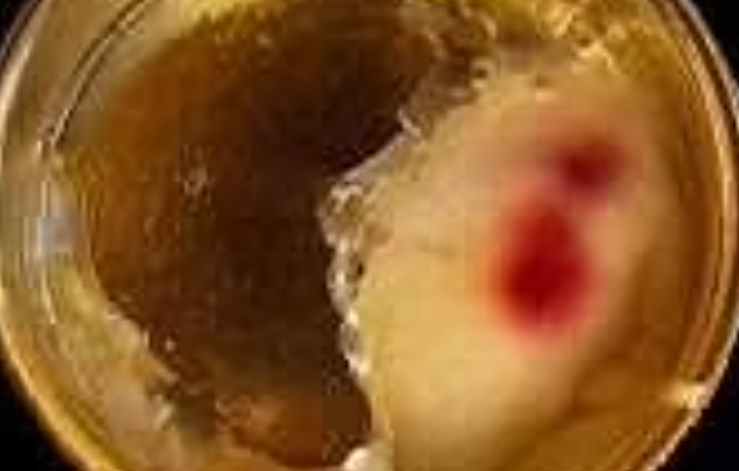Miracle or Mold: What Was Indiana Church’s ‘Bleeding’ Wafer?

© St. Anthony of Padua Catholic Church / Facebook
In February 2025, St. Anthony of Padua Catholic Church in Morris, Indiana, became the center of attention when red spots were discovered on a communion wafer, leading some parishioners to speculate about a potential Eucharistic miracle.
However, subsequent investigations by the Archdiocese of Indianapolis revealed that the discoloration resulted from natural causes rather than a miraculous event.
Discovery of the Red Spots
The incident began when a communion wafer fell from a Mass kit and was later found bearing red discoloration. This unusual occurrence prompted members of the congregation to consider the possibility of a divine sign, leading to heightened interest and concern within the parish community.

In response to the discovery, the Archdiocese of Indianapolis initiated a thorough investigation, adhering to protocols established by the Holy See for such phenomena. The wafer was submitted for professional biochemical analysis at a local laboratory to determine the nature of the red spots.
Laboratory Findings
The laboratory analysis identified the presence of fungus and three species of bacteria commonly found on human hands. Importantly, no traces of human blood were detected on the wafer. These findings indicated that the red discoloration was due to natural causes, specifically microbial growth, rather than a supernatural occurrence.
Church’s Stance on Alleged Miracles
The Catholic Church maintains a cautious and methodical approach when evaluating claims of miracles. Each reported phenomenon undergoes rigorous scrutiny to ensure authenticity. In this instance, the Archdiocese concluded that the evidence did not support the occurrence of a miracle.
Community Reaction
While some parishioners initially expressed excitement and hope regarding the potential miracle, the revelation of natural causes has led to a mix of disappointment and understanding. The incident has sparked discussions within the community about faith, the nature of miracles, and the importance of discernment.

The case of the discolored communion wafer at St. Anthony of Padua Catholic Church shows the importance of careful investigation. It also shows the adherence to scientific methods when evaluating extraordinary claims. While the findings ruled out a miraculous event, the experience has provided the parish community with an opportunity for reflection and a deeper understanding of their faith.
You might also want to read: What Exactly Happens When the Pope Dies?


